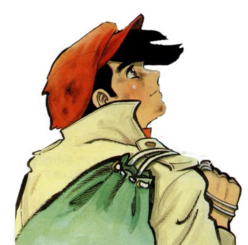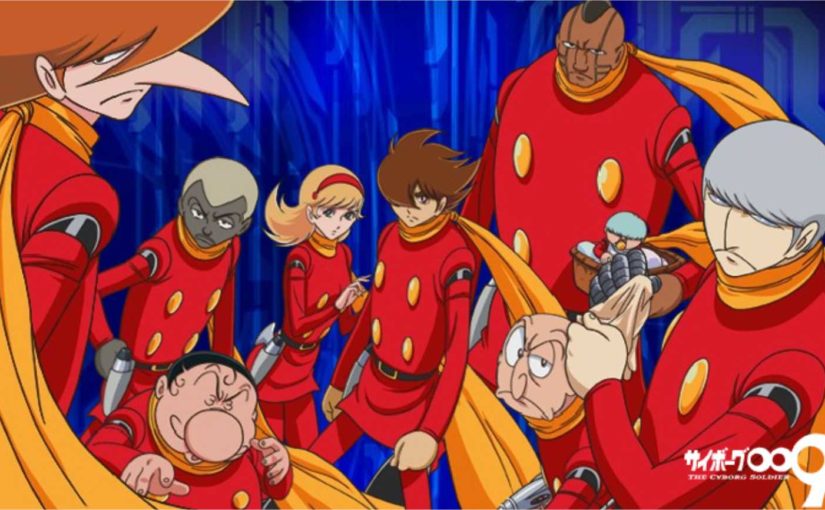Third installment in my nostalgic series of favorite manga. This list doesn’t feature a single Tezuka manga. O M G N O W A Y ! Yes way. Anyway, here are seven works I’ve enjoyed and recommend to you or at least deemed significant in the evolution of the medium, all in neat chronological order. You’re welcome!
Best manga of 1961-1965
Osomatsu-kun – Fujiko Fujio 1962-1988

Long-running manga from the husband and wife team that created Doraemon. Its an episodic gag manga in a very Franco-Belgian Peyo/Franquin style about a set of sextuplets and their parents. Every issue ends with one big panel that usually leaves the situation unresolved and in confusion. This seems to have been a big influence on other gag manga like Urusei Yatsura, which similarly has its comics end in total chaos.
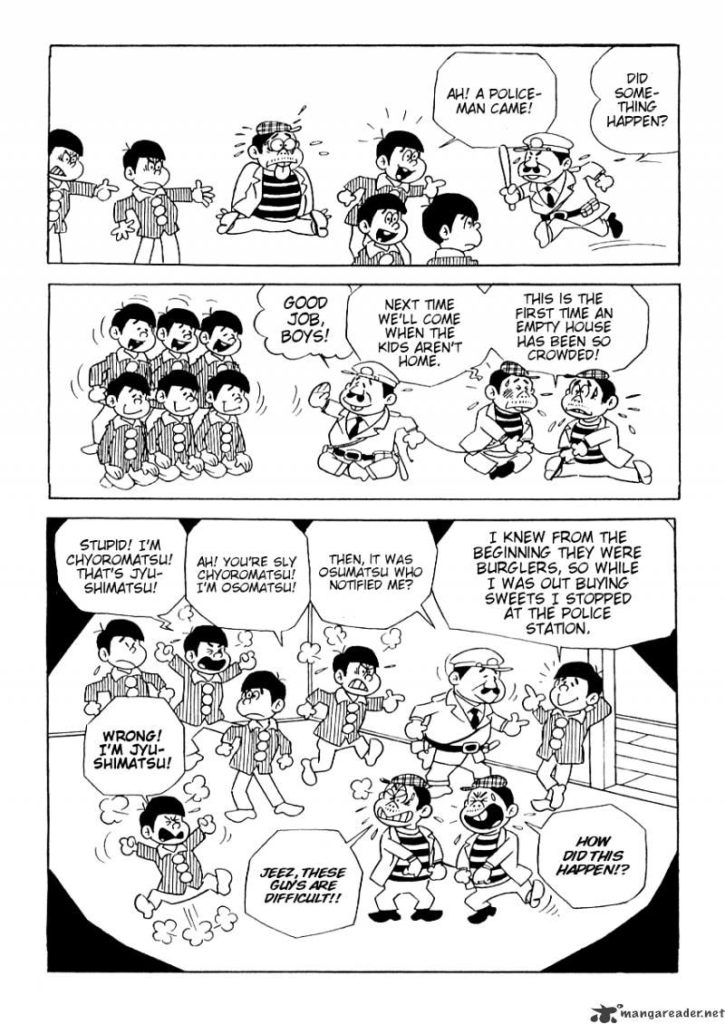
Old Master Q – Alfonso Wong, 1962-ongoing
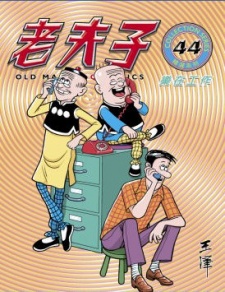
A Chinese comic strip by Alfonso Wong (you heard me), that has been popular across Asia. The comic features returning characters in various time periods, professions and situations, allowing for much variety in content and subtle political or social satire. Wong has retired in the 90s, well past the usual retirement age, and died in 2017, but Old Master Q is apparently still being published. Fun facts: Wong was the son of a Chinese warlord and could draw with both hands. The more you know…
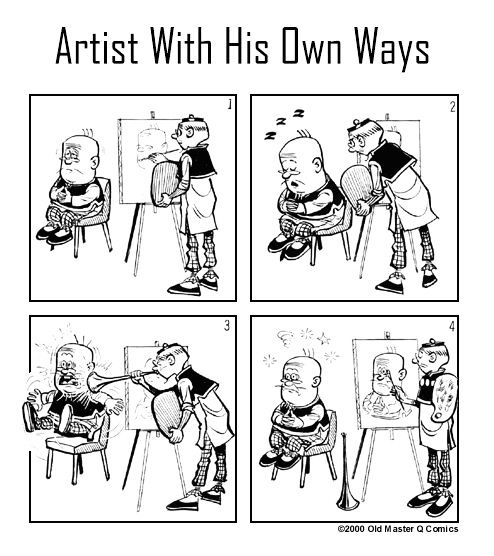
Cyborg 009 – Shoutarou Ishinomori, 1964-1979
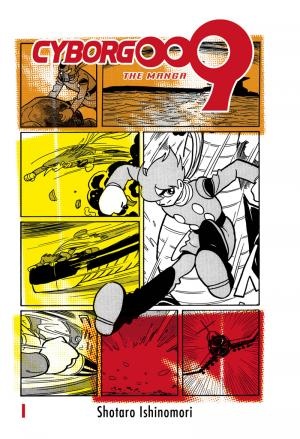
Shoutarou Ishinomori was an assistant to Osamu Tezuka and it shows. His character designs seem to be picked right out of Tezuka’s early work, although Ishinomori attempts a darker atmosphere in the art and chooses the more mature setting of a future Cold War. While his earliest drawings are a bit on the crude side, Ishinomori shows in all his drawings just a bit more sensitivity to visual beauty than his master. Not to mention the characters always come across as more relatable to me personally.
I put this series on hold until I could get a hold of the complete translation, but it’s definitely worth checking out one of his first works. From the introduction of the cyborgs, Cyborg 009 showcases Ishinomori’s talent for nuanced characterization, which sets him apart from his contemporaries.
In Cyborg 009 Ishinomori creates Japan’s first superhero team, described in the introduction as: “representatives from a wide variety of disenfranchised or otherwise misunderstood peoples – an African warrior, a Chinese farmer, a Native American, a blond-haired, blue-eyed German citizen, an American street punk, a British drunk, a child, a woman and a half-breed Japanese orphan lost in a social system that has no place for him”. The depiction of these characters is stereotypical, but they themselves are exceptional and sympathetic individuals who come together to save the world, shattering these stereotypes on the way. The initial depiction of these characters wouldn’t work in our politically correct times, but I hope you can forgive the author for being behind for our standards, but ahead of his own time. Ishinomori was an exceptional artist and storyteller who, although very successful, seems to be stuck in Tezuka’s shadow in the West and definitely deserves more attention.
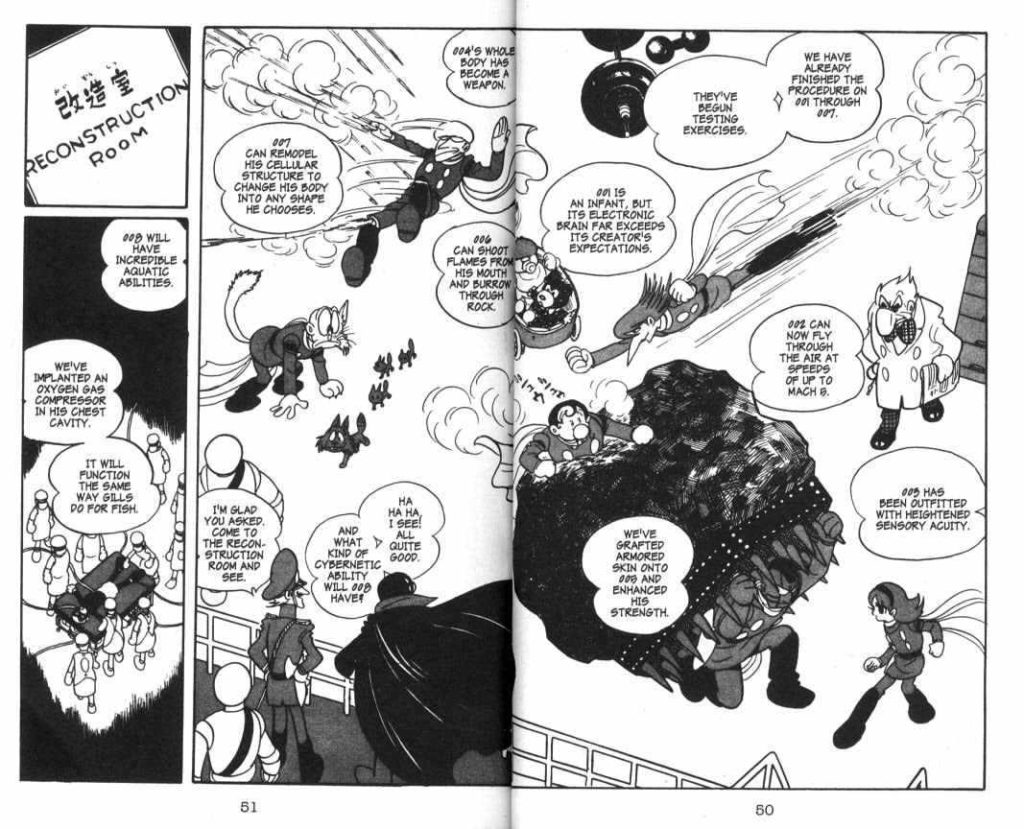
Kamui den – Sanpei Shirato, 1964-1971
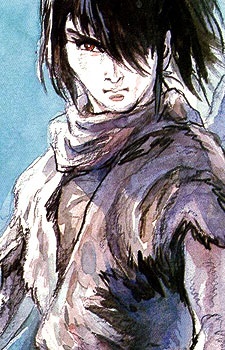
If Fujiko Fujio is Peyo/Franquin then the style of Sanpei Shirato is Jijé or Blueberry-era Giraud. We can debate over the drawing stle, they’re not not undeniably similar, but both are definitely more detailed and with less of a clear line-style than their more cartoonish counterparts. Not only that, both styles aim for mature audiences (seinen, if you will) and feature darker themes. Some of the content of Kamui Den might downright shock you.
Referring back to the initial comparison, I’ve also come to regard samurai stories as the eastern equivalent of a cowboy Western. You might be more familiar with Lone Wolf and Cub, a more sophisticated example of the genre and a critically acclaimed masterpiece, but Kamui Den was a pioneering manga in the genre. Comparable to the authors of Lone Wolf and Cub, Shirato seems to have done extensive research for the series and even offers bits of historical information every page or so. Sadly, the world is still waiting for a complete translation of the first Kamui series, as only a few scanlated chapters can be found on the web.
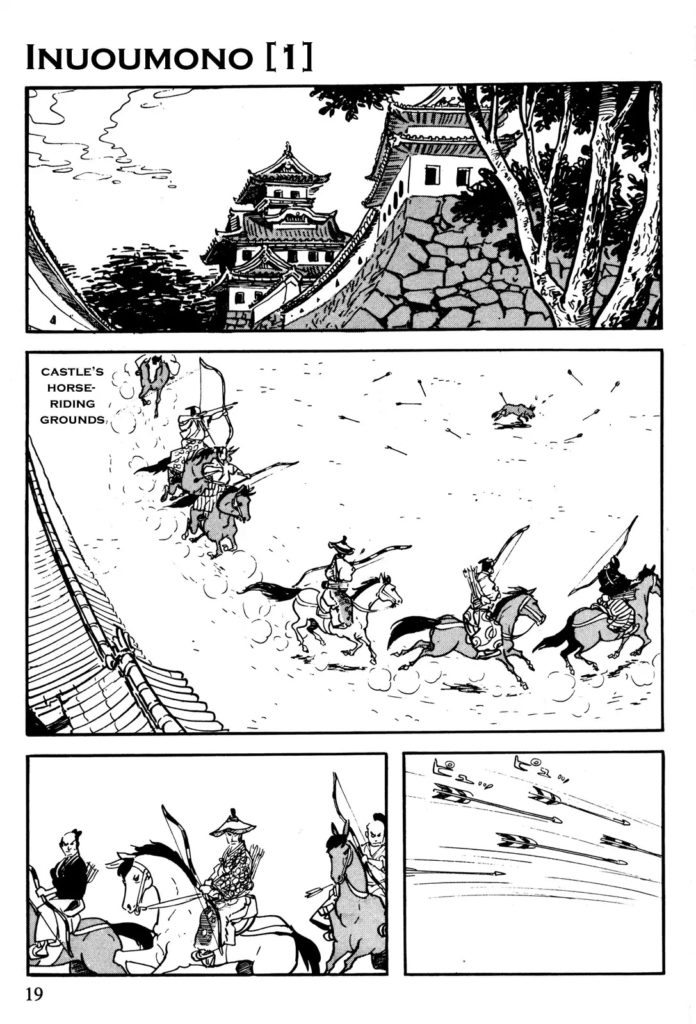
Gegege no Kitarou – Shigeru Mizuki, 1965-1986
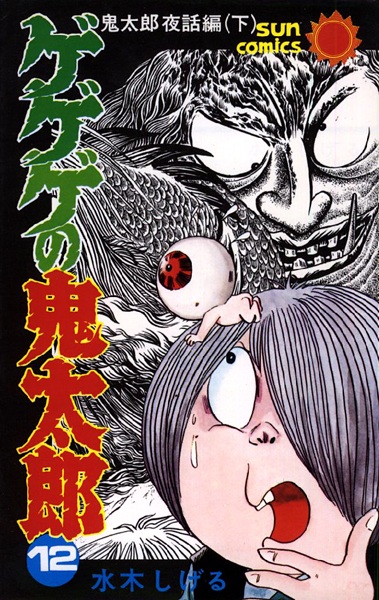
Another pioneer, this time of the horror genre. It’s supposedly a comedy as much as it is scary, and more supernatural than demonic, although a child’s experience might differ. It was extremely popular in Japan, spawing several anime incarnations. I consider this series to be influential in bringing elements of Japanese folklore to the medium, laying the groundwork for a variety of other manga, such as Inuyasha of Mushishi. Fans of ghost stories might want to check this out. Gegege no Kitaro is a smooth read, with detailed art and some wEIRD characters. How about a cute zombie boy and his father: a talking, walking eyeball?
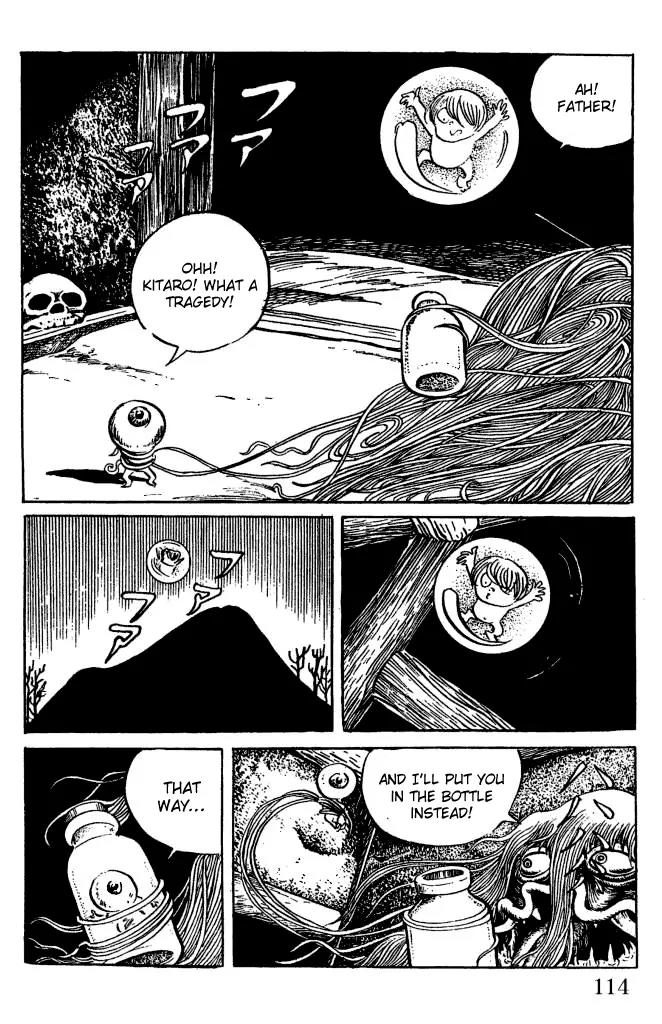
Mutant Sabu – Shoutarou Ishinomori, 1965-1966
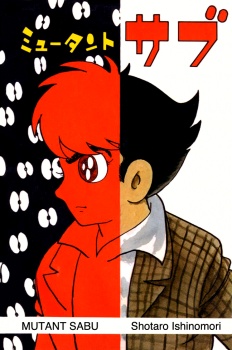
A more evolved Ishinomori and a very frustrating read for me because the scanlation was unfinished, which I realized about halfway through. It should be about finished now, though!
Nejishiki – Yoshiharu Tsuge, 1965-?
I’m not gonna attempt to describe the stories of Yoshiharu Tsuge, except that I was thoroughly flabbergasted by (the unfinished translation of) Munou no Hito, a story about a guy that tries to maintain a business selling rocks. This absurd story about a stupid, boring guy doing stupid, boring things, still haunts me to this day, and I couldn’t tell you why, nor could I attempt to sell the story to anyone in an appealing way (I have tried). Nejishiki is a one-shot and is considered to be Tsuge’s most famous work and one of the key examples of avant garde manga, says Myanimelist. Well f**k you and f**k me, because the scanlation starts with the second one-shot and only has about half of the rest of them. So anyway, if you’re still curious, check some of these stories out. I don’t understand them and neither will you.
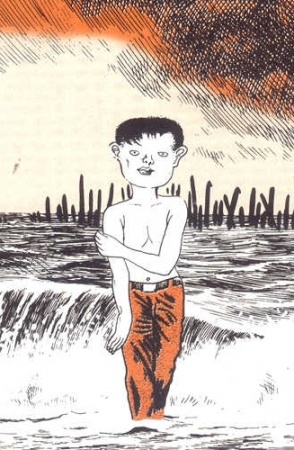
Thanks for reading, and let me know if I missed your favorite manga!
Next up: Best manga of 1966
Previous posts:
Best manga of 1945-1950
Best manga of 1951-1960
